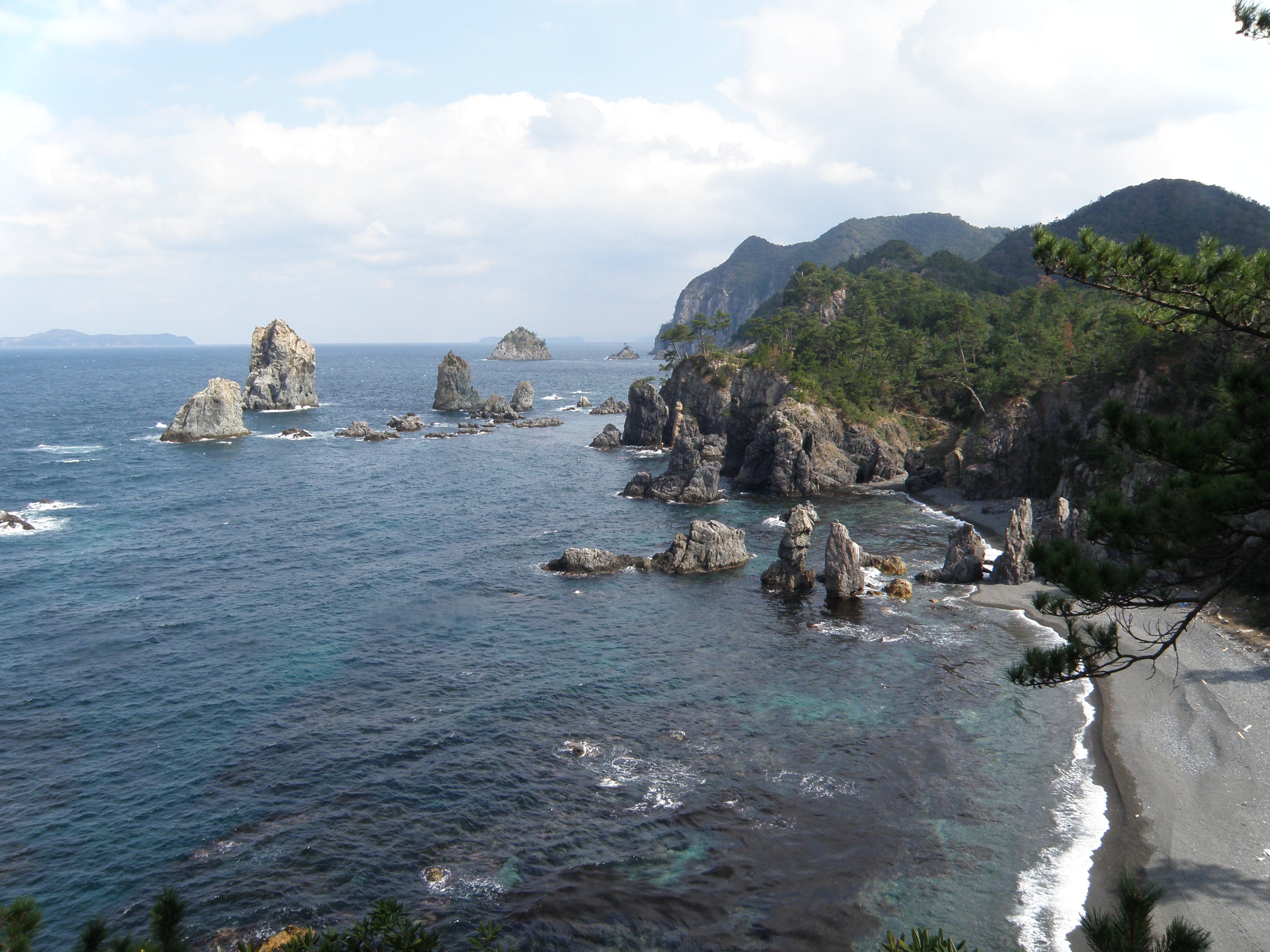|
Murata Seifū
was a Japanese samurai who served as ''karō'' of Chōshū Domain in the late Edo period. Known as a prominent economic reformer, his policies greatly strengthened the domain and enabled it to carry out many of its military reforms which led to the Meiji restoration. Biography Murata was born in Sawae, Misumi Village, Otsu District, Nagato Province as the eldest son of Murata Mitsukata, a 91 ''koku'' retainer of the Chōshū Domain. He attended the han school Meirinkan, where he had outstanding records, and in 1808, served as a page to Mōri Narifusa, the ''daimyō'' of Chōshū Domain. After that, he successively held important posts under the five ''daimyō'' from Mōri Narihiro to Mōri Takachika. In Edo, he further broadened his knowledge by learning the art of warfare and coastal defense from Hanawa Hokiichi and others, and economics from the writings of Kaiho Seiryō. In 1819, he inherited the headship of Murata family. In 1838, Murata took over the real power of the ad ... [...More Info...] [...Related Items...] OR: [Wikipedia] [Google] [Baidu] |
Nagato, Yamaguchi
is a city in Yamaguchi Prefecture, Japan. The city was founded on March 31, 1954. As of October 1, 2016, the city has an estimated population of 34,882 and a population density of 97 persons per km². The total area is 357.92 km². Nagato consists of five smaller towns that were absorbed over the past several years. The towns are Fukawa, Senzaki, Yuya, Heki and Misumi (all from Ōtsu District). Nagato also encompasses Omijima Island and the township of Kayoi. The nearby Omijima Island has many pebbled beaches and scuba diving on one of its northern beaches. The island is reached by a large road bridge which connects the Senzaki Peninsula with the southern edge of the island. There are many onsen on the southern edge of the town in Yumoto with hot springs. History In the Tokugawa era, the area was under the jurisdiction of the Chōshū domain. In the 2017 Japanese general election, 76.25% of Nagato's proportional ballots were cast for either one of the two part ... [...More Info...] [...Related Items...] OR: [Wikipedia] [Google] [Baidu] |
Tenpō Reforms
The were an array of economic policies introduced between 1841 and 1843 by the Tokugawa shogunate in Japan. These reforms were efforts to resolve perceived problems in military, economic, agricultural, financial and religious systems. The changes were intended to address problems in local politics, but they were also addressed more broadly to "domestic uneasiness." The perceived need for change led to the arrest of many prominent political figures and writers. The reforms became a precursor of reforms initiated after the Meiji Restoration two decades later. The Tenpō Reforms were mostly instituted by Mizuno Tadakuni. Notably, the restrictions on entertainment were enforced solely by him and when he was removed from government in 1845, they ceased to be enforced. Besides this new coinage was issued and commodity price controls were lifted. Immigration to Edo was prohibited and the formation of societies as well as ''Rangaku'' (Dutch Learning) was banned. An annual calendar ( ''n ... [...More Info...] [...Related Items...] OR: [Wikipedia] [Google] [Baidu] |
Samurai
were the hereditary military nobility and officer caste of medieval and early-modern Japan from the late 12th century until their abolition in 1876. They were the well-paid retainers of the '' daimyo'' (the great feudal landholders). They had high prestige and special privileges such as wearing two swords and ''Kiri-sute gomen'' (right to kill anyone of a lower class in certain situations). They cultivated the '' bushido'' codes of martial virtues, indifference to pain, and unflinching loyalty, engaging in many local battles. Though they had predecessors in earlier military and administrative officers, the samurai truly emerged during the Kamakura shogunate, ruling from 1185 to 1333. They became the ruling political class, with significant power but also significant responsibility. During the 13th century, the samurai proved themselves as adept warriors against the invading Mongols. During the peaceful Edo period (1603 to 1868), they became the stewards and chamberlains of ... [...More Info...] [...Related Items...] OR: [Wikipedia] [Google] [Baidu] |
1855 Deaths
Events January–March * January 1 – Ottawa, Ontario, is incorporated as a city. * January 5 – Ramón Castilla begins his third term as President of Peru. * January 23 ** The first bridge over the Mississippi River opens in modern-day Minneapolis, a predecessor of the Father Louis Hennepin Bridge. ** The 8.2–8.3 Wairarapa earthquake claims between five and nine lives near the Cook Strait area of New Zealand. * January 26 – The Point No Point Treaty is signed in the Washington Territory. * January 27 – The Panama Railway becomes the first railroad to connect the Atlantic and Pacific Oceans. * January 29 – Lord Aberdeen resigns as Prime Minister of the United Kingdom, over the management of the Crimean War. * February 5 – Lord Palmerston becomes Prime Minister of the United Kingdom. * February 11 – Kassa Hailu is crowned Tewodros II, Emperor of Ethiopia. * February 12 – Michigan State University (the "pioneer" land- ... [...More Info...] [...Related Items...] OR: [Wikipedia] [Google] [Baidu] |


